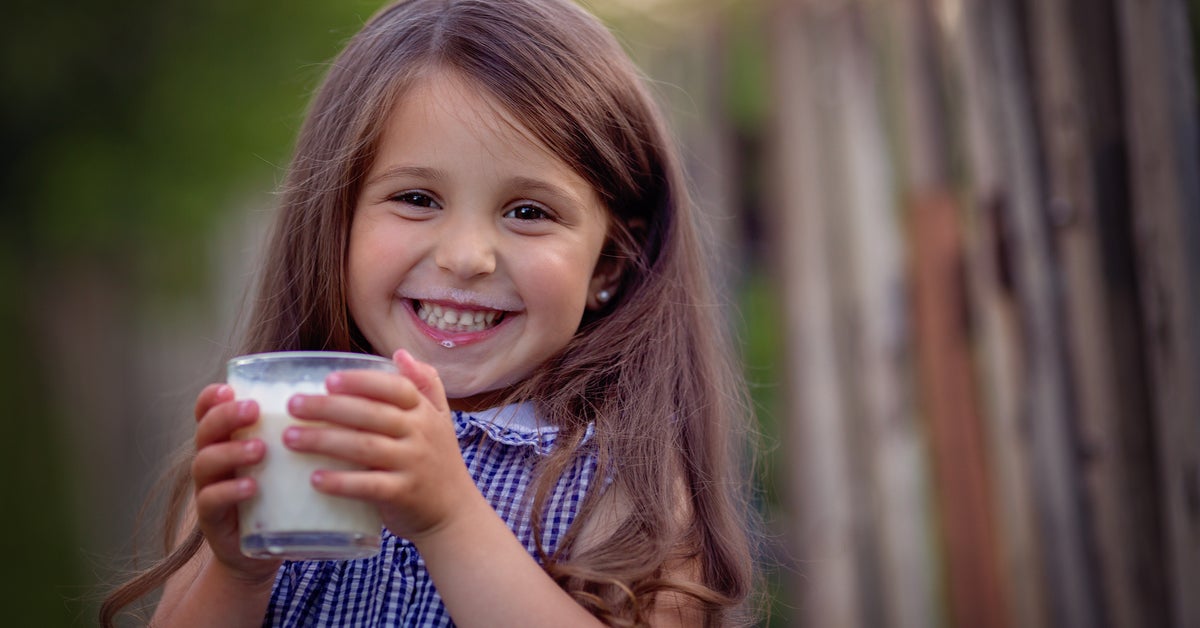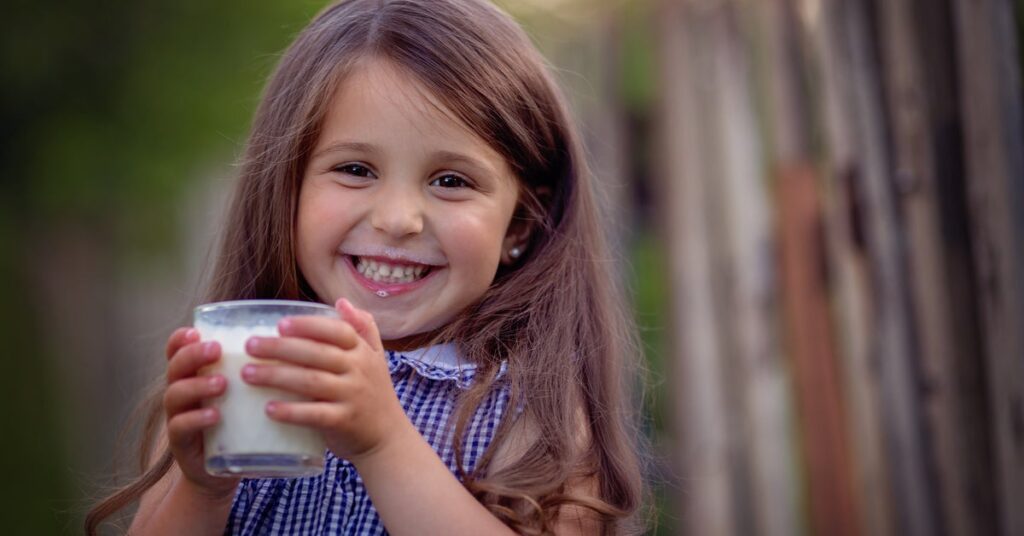Believe it or not, along with official state flowers and flags, in the U.S., most states have also adopted an official beverage. And to dairy’s delight, for at least 20 of them (including Arkansas, Kentucky, Minnesota, Oregon, and Pennsylvania), milk is the state beverage.
Having grown up on a small farm in west-central Indiana, we had several dairies as neighbors. In fact, I was a little surprised to see that the official state beverage of the Hoosier State happens to be plain old water. A few states include alcoholic beverages too (like George Washington’s Rye Whiskey in Virginia and old-fashioned brandy in Wisconsin), but typically that’s done as a co-official beverage. Apple cider, tomato juice, and lemonade are among other drinks that also make appearances as state beverages.
But what’s interesting is just how milk got to be the most frequently adopted beverage across the USA.
The answer is a mixture of economic interests, nutritional advocacy, and a helpful heaping of grassroots initiatives. For those states that have adopted milk as the official state beverage, these days, the answer to the question, “Got Milk?” is, yes indeed!
Kids love milk
It’s clear much people love milk: It’s estimated that 57 percent to 80 percent children and 42 percent to 60 percent adults are milk consumers. But in diving into the history of how so many states came to choose this beverage, it was interesting to see that it was actually school children who helped lead the drive between the 1980s and 1990s.
Among the first states to adopt milk was Pennsylvania by way of 1982 Act 98 on April 29, 1982, signed by Gov. Dick Thornburgh.

The phenomenon was repeated across states like New York and Maryland as well until the state of Oregon made the move in 1997 thanks to students in East Elementary School, located in Tillamook. Twenty years later that class reunited to celebrate the days they spent writing to lawmakers on behalf of the dairy farmers.
Their teacher, Bruce Cardin, explained in a newspaper article documenting the reunion, “It gave them an opportunity to not just do ‘schoolwork’ but to do something important.”
Cardin explained that the discussions originated as the class studied the other symbols for their state and realized Oregon didn’t have a beverage. “Florida had orange juice, Massachusetts had cranberry juice, but they noticed Oregon didn’t have anything.”
The Tillamook County Creamery Association, a farmer-owned co-op, is a huge part of the community, dating back to 1909. “When you think of Tillamook, you think of dairy,” Cardin explained.
The students began their efforts in 1994, and nearly three years later, with the help of the Oregon Farm Bureau and other dairy lobbyists, the designation was made official.
But of course, there’s more to the story. Yes, students’ hard work and lobbying was integral, but the power of the dairy industry leadership was certainly a partner.
Of course there’s economic considerations
Getting a state to adopt an official anything — whether a flower, pie, or beverage — requires a combination of both grassroots cheerleaders as well as corporate backing. Kids are an effective tool in this effort, obviously. But there’s no question the dairy industry has pull, as evidenced in their 1990s campaign, “Got Milk?”
During the late 1970s and early 1980s, the U.S. saw a huge surplus of milk production due to the price support program. This resulted in federal efforts like the Milk Diversion Program as well as the Dairy Termination Program and efforts to increase milk consumption particularly among children. If you look at the dates of adoption, you’ll notice that the states that have milk as the official state beverage made that choice during this time period up through the 1990s.
And that’s why so many of the states that wound up adopting milk aren’t necessarily considered “Big Dairy” states.
According to the U.S. Department of Agriculture, the top five dairy producing states in 2023 were California, Wisconsin, Idaho, Texas, and New York. Collectively these five states accounted for more than 50 percent of the nation’s milk supply. Nationwide, the country’s 24,800 dairy farms produced 226 billion pounds in 2024, with California alone generating 40 billion. And this was amid a continued loss of the number of smaller farms across the country.
But even states such as Delaware, Mississippi, North Dakota, and Vermont count milk as a state beverage. Most of them aren’t even in the top half nationally in dairy production, let alone being a national leader.
Collectively, the U.S. dairy industry generates an estimated gross impact of upward of $780 billion per year, according to the U.S. Department of Agriculture. So even in states such as Oregon that the rest of the country wouldn’t necessarily consider a major dairy state, the industry generates plenty of economic activity by way of creameries and grocery sales.
Between the political power of the dairy lobby, the interest of the school children, there’s also the health and nutrition debate.
One of the healthiest options
There were, and continue to be, some opponents to heavier milk consumption among the public. Their argument continues to center on the fat content. But when you consider the alternatives, it’s hard to argue against milk.
One 16-ounce glass of 1% milk brings 4.7 grams of fat, 24.4 grams of carbohydrates, and 16.4 grams of protein, along with Vitamin D, Iron, Calcium, Potassium, and Phosphorus. All totaled, 205 calories.
As I look back at my home state of Indiana, where water is the official beverage, I wonder what would it take to change that? If history is any judge, just the interest of school children backed by the dairy councils.
Brian Boyce is an award-winning writer living on a farm in west-central Indiana.


